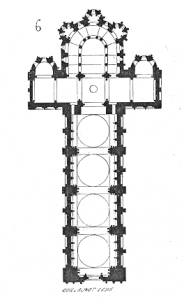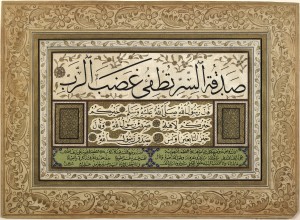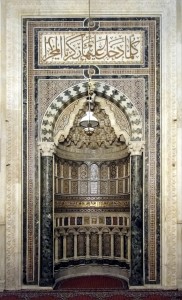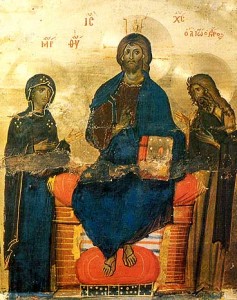Byzantine floor plan: refers to the architecture of the Later Roman Empire. A major characteristic of this type of architecture includes the idea to develop a “dome to cover polygomal and square plans for churches, tombs, and baptisteries.” Buildings during this period increased in geometric complexity, and at this point in time, the use of bricks and plaster were added along with the traditional use of stone. Some of the remaining examples of Byzantine architecture include the Hagia Sophia and the Hagia Irene. Some secular structures include the ruins of the Great Palace of Constantinople as well as the “innovative walls of Constantinople.” In western culture, byzantine architecture fell to Gothic and Romanesque architecture; yet in places such as Bulgaria, Russia, and Romania, byzantine architecture lasted much longer and eventually led to the current schools of thought in those places.
John Singer Sargent: is an American artist, born in Florence to American parents, who was a “leading portrait painter of his generation.” During his career, he created almost 900 oil based paintings, and over 2000 watercolor paintings. He learned to paint in Paris under Carolus-Duran, a famous French painter. John Singer Sargent visited America multiple times throughout his career to paint for places such as the Museum of Fine Arts (1916) and the Boston Public Library (1890). Sargent’s 1884 portrait of Madame X is now considered one of his best works.
Calligraphy: is a type of visual art that is related to writing. This type of art is a design and execution of lettering with one brush stroke. Calligraphy is still often used for wedding invitations, religious art, and memorial documents. The main tool for one who does calligraphy is a pen, which is either flat balled or round nibbed
Logocentric: refers to the traditions in “Western science and philosophy that situates the logos, ‘the word’, or the ‘art of speech’ as epistemologically superior in a system, or structure, in which we may only know, or be present in, the world by way of a logocentric metaphysics.” This term was “coined” by the German philosopher Ludwig Klages in the 1920s
Mihrab: is the Arabic word for the semicircular niche in a mosque that indicates the qibla. Qibla is the direction that one faces when praying during Salat. The word is derived from the word “hariba” which means to fight, as in a place to fight Satan.
Minbar: refers “to a pulpit in a mosque where the imam, the mosque leader, stands to deliver the sermons, or where the Hussainia sits to lecture the congregation.” The minbar is usually in the shape of a “small tower with a pointed roof.” The minbar is located on the right of the mihrab. In some mosques there is a small platform across from the minbar that the assistant of the imam, the muezzin, stands on.
Muezzin Mahfili: is the raised platform where the Muezzin, the assistant to the imam, kneels and chants payers in response to what the imam says.
Dandolo’s Tomb: Enrico Dandolo was the 42nd Doge of Venice from 1192 until his death in 1205. He is remembered for his “blindness, piety, longevity, and shrewdness,” and his leading of the Venetian contingent in the Fourth Crusade. Supposedly Enrico Donaldo became blind during the 1171 expedition to Byzantium. Two years after taking office, Dandolo enacted major reforms to the Venetian currency system. He was burried in Hagia Sophia in Constantanople, but the real tomb was destroyed by the Ottomans in 1453.
Deesis Mosaic: is a “traditional iconic representation of Christ in Majesty or Christ Pantocrator.” Mary and John are also in the mosaic and are usually shown facing “towards Christ with their hands raised in supplication on behalf of humanity.”
Sophie Robart: srobart@middlebury.edu




